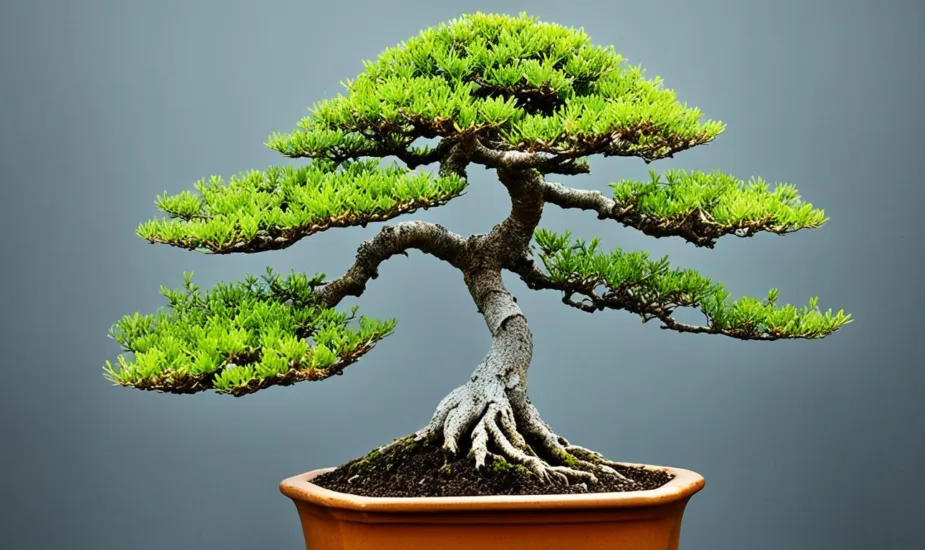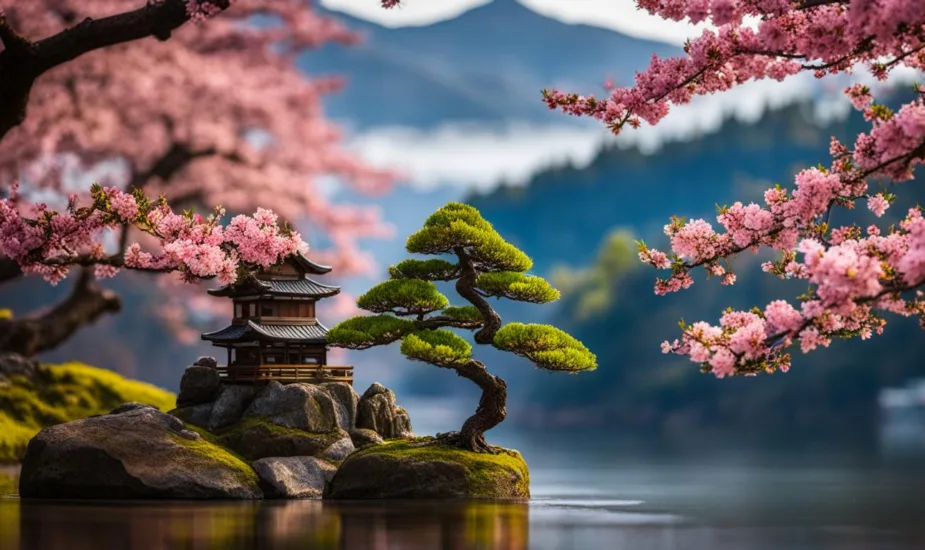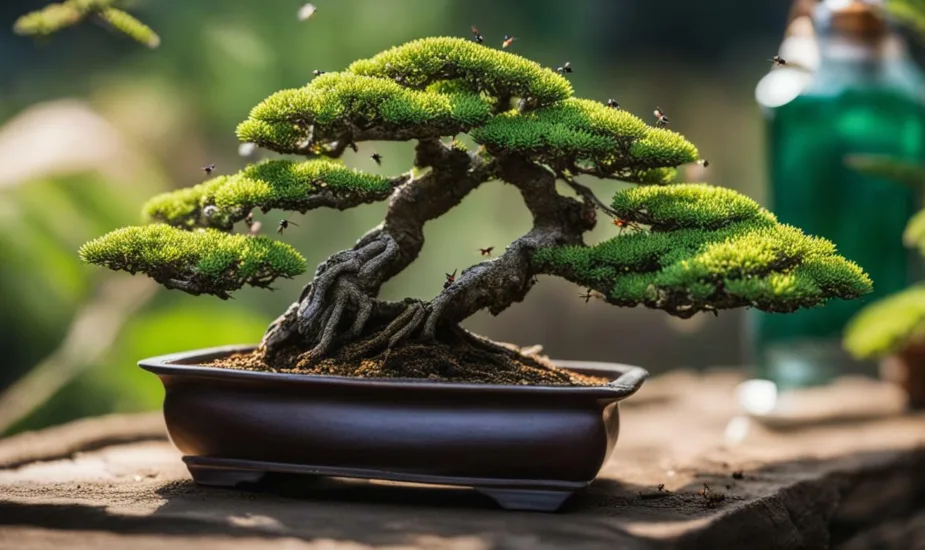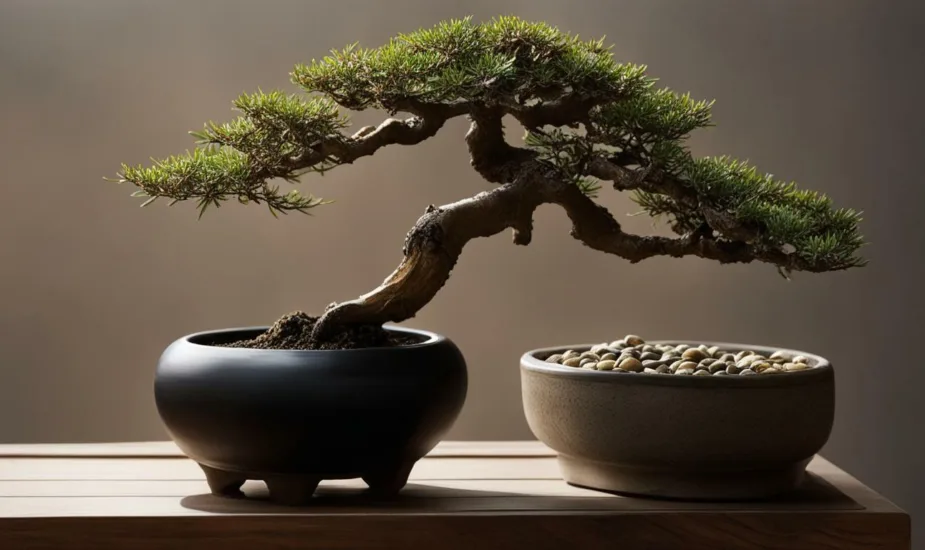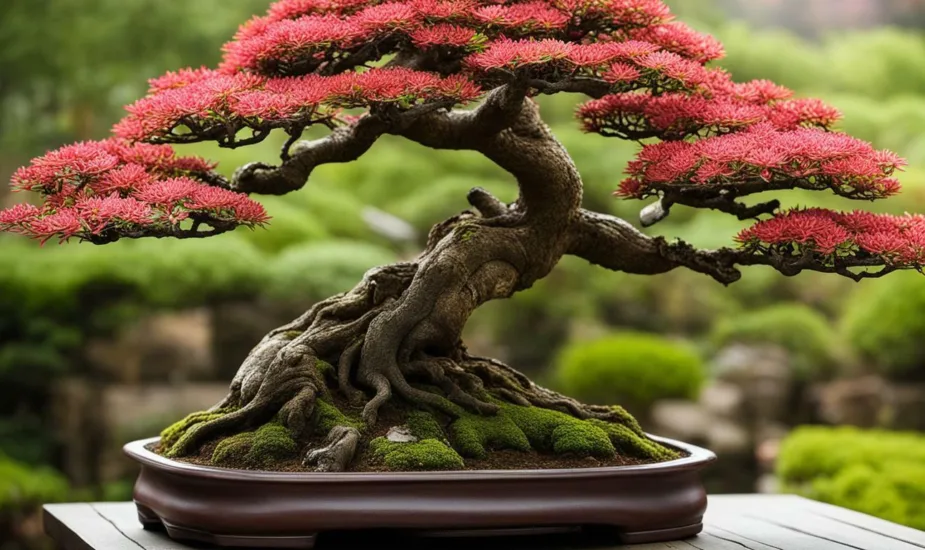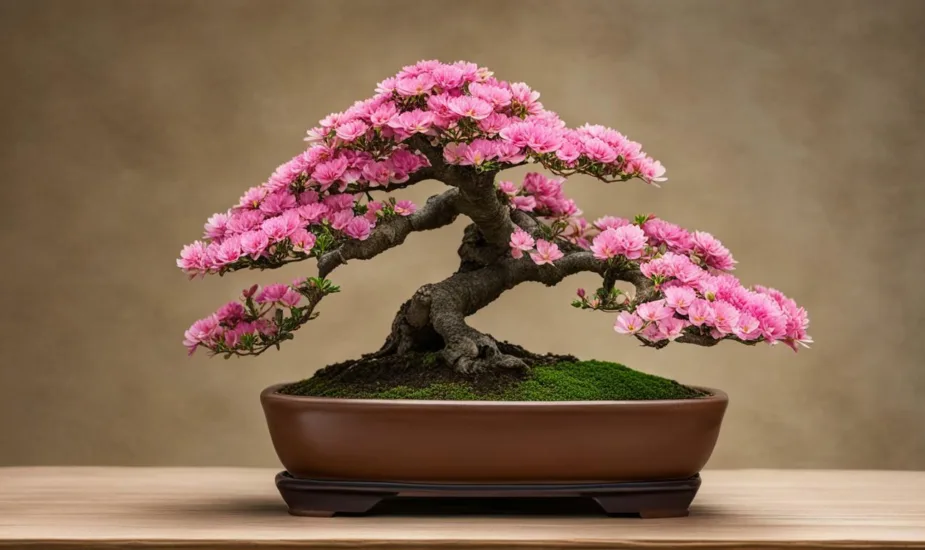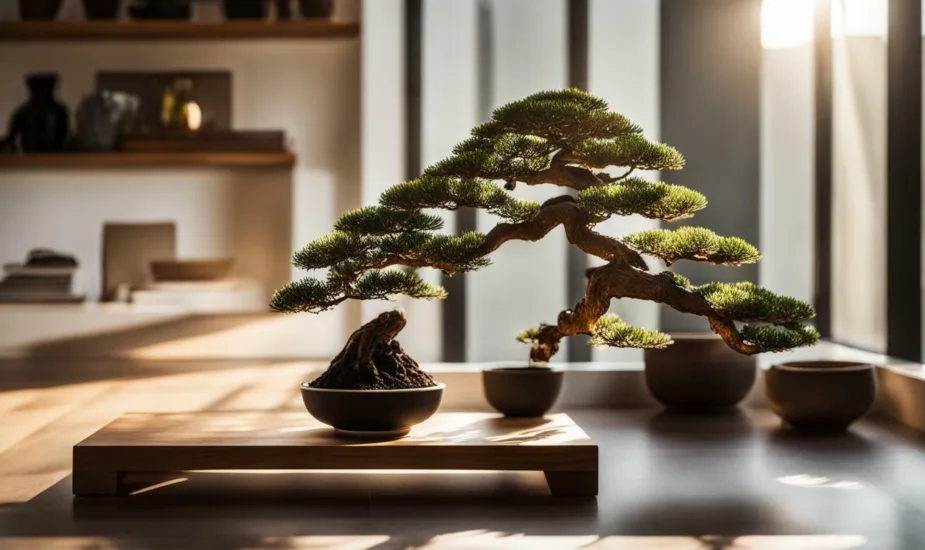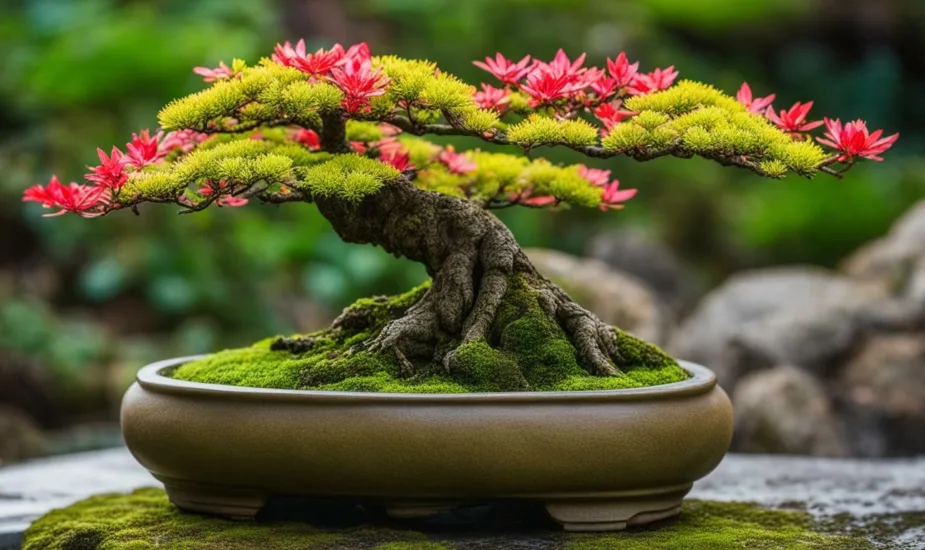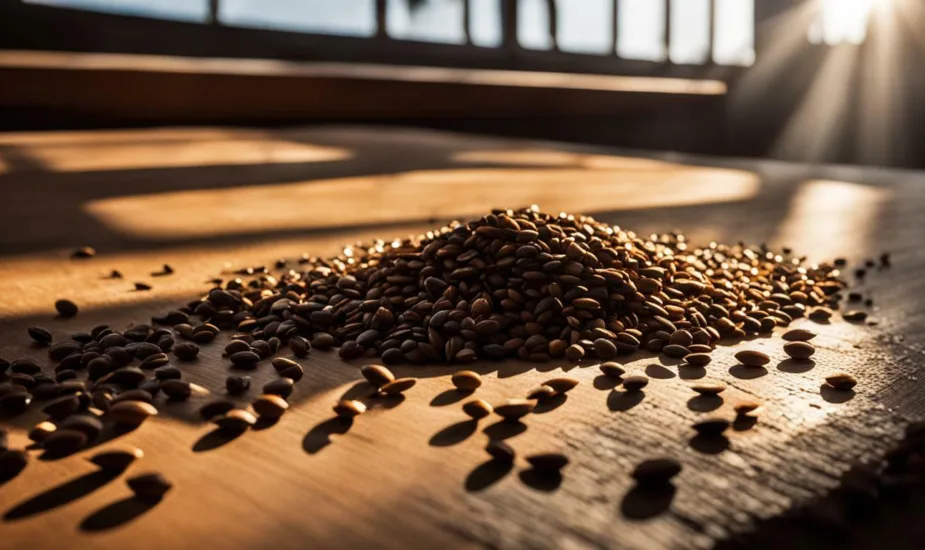Unveiling the Mystery: How Long Do Bonsai Trees Live?
Bonsai trees have captured the imagination of many with their miniature beauty, but have you ever wondered how long these captivating trees can actually live?
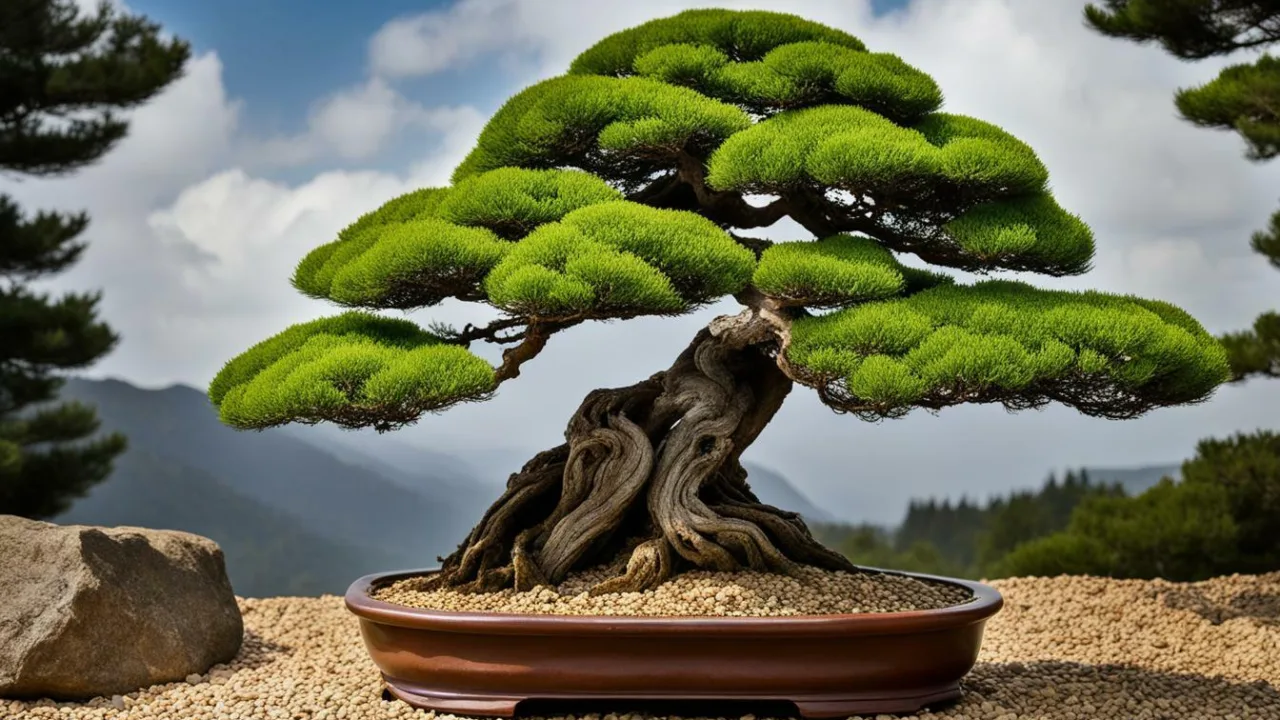
With proper care and attention, bonsai trees have the potential to live for a very long time, some even lasting over a thousand years. In this article, we will explore the fascinating world of bonsai trees and uncover the secrets behind their lifespans.
The longevity of a bonsai tree depends on several factors, including the care it receives and the specific species. Proper care involves providing the tree with the right climate, protecting it from disease and insects, and ensuring it receives the proper amount of sunlight and water. By nurturing these delicate trees, we can help them thrive and live a long and fulfilling life.
Some bonsai tree species are known to have longer lifespans than others. Cedar, Cherry, Cypress, Ficus, Juniper, Japanese Maple, and Pine are among the popular choices for bonsai enthusiasts seeking long-lasting companions. These species have demonstrated their ability to withstand the test of time and bring beauty to any environment they inhabit.
The Crespi Bonsai Museum in Italy is home to the oldest known bonsai tree, a Ficus bonsai that is over a thousand years old. This remarkable tree serves as a testament to the longevity that can be achieved with proper care and attention. It stands as a symbol of endurance and the inherent beauty of these miniature living artworks.
The secret to the longevity of bonsai trees lies in the training and care they receive. Skilled bonsai masters employ techniques such as pruning, wiring, and shaping to guide the growth of these trees in small pots. Through these meticulous practices, they ensure that the trees remain healthy, balanced, and harmonious, enabling them to thrive for decades or even centuries.
In conclusion, bonsai trees are not just beautiful ornamental plants but also symbols of balance, harmony, and long-lasting life. By understanding the factors that influence their lifespans and providing them with the care they need, we can enjoy the presence of these timeless treasures for many years to come.
Factors Affecting Bonsai Tree Longevity
The lifespan of a bonsai tree is influenced by several key factors, making each tree’s journey unique. Care and maintenance play a crucial role in determining how long a bonsai tree can survive. It is important to provide the right conditions for the tree to thrive, including the appropriate amount of water, sunlight, and nutrients. In addition, protecting the tree from pests and diseases is essential to ensure its longevity.
Species selection also plays a significant role in determining how long a bonsai tree can live. Some species are naturally more resilient and have longer lifespans compared to others. Species like Cedar, Cherry, Cypress, Ficus, Juniper, Japanese Maple, and Pine are known to have longer lifespans and are popular choices among bonsai enthusiasts.
Environmental conditions can greatly impact the lifespan of a bonsai tree. Factors such as temperature, humidity, and air quality can affect the tree’s overall health and longevity. It is important to create a suitable environment for the tree, mimicking its natural habitat as closely as possible.
Lastly, proper training and care techniques are essential for the longevity of bonsai trees. Skilled bonsai masters use techniques such as pruning, wiring, and shaping to guide the growth of the tree and maintain its health. These techniques help control the size and form of the tree, ensuring it can thrive in a small container for an extended period of time.
By considering these factors and providing the necessary care, bonsai tree owners can help their trees live long and fulfilling lives. Each bonsai tree has its own unique story, with its lifespan influenced by a combination of care, species, and environmental conditions. The art of bonsai is a testament to the beauty and longevity of nature, providing a sense of balance and harmony in our lives.

To help your bonsai tree live a long and healthy life, it’s important to provide it with the proper care and attention. Bonsai trees, with their delicate nature, require specific care to thrive in a small pot and maintain their longevity. Here are some essential tips to ensure your bonsai tree survives for years to come:
- Proper watering: Bonsai trees have unique watering needs. It’s crucial to strike a balance between overwatering and underwatering. Check the moisture level of the soil regularly and water your tree only when the topsoil feels slightly dry to the touch. Avoid allowing the soil to become completely dry or soaking wet, as both extremes can harm the tree’s health.
- Appropriate sunlight: Bonsai trees require a good amount of sunlight to thrive. Place your tree in a location where it can receive adequate sunlight, preferably in a south-facing window. If natural light is limited, you can supplement it with grow lights to ensure your bonsai gets the necessary light it needs for photosynthesis and overall growth.
- Regular pruning: Pruning is essential for maintaining the shape, size, and overall health of your bonsai tree. Regularly remove any dead or yellowing leaves, as well as branches that disrupt the desired form of the tree. Pruning promotes new growth and helps your bonsai maintain its compact size and aesthetic appeal.
- Protection from pests and disease: Bonsai trees, like any other plant, are susceptible to pests and diseases. Keep a close eye on your tree and take immediate action if you notice any signs of infestation or disease. Regularly inspect the leaves and branches, and if necessary, use organic or chemical treatments to eliminate pests and prevent diseases from spreading.
- Repotting when needed: Bonsai trees require periodic repotting to refresh their soil, promote healthy root growth, and prevent the tree from becoming root-bound. Repot your bonsai tree every two to three years, or when you notice the roots circling the pot. Be sure to use a well-draining bonsai soil mix to provide the necessary nutrients and aeration.
Table
| Bonsai Tree Species | Lifespan |
|---|---|
| Cedar | 100+ years |
| Cherry | 50-70 years |
| Cypress | 40-50 years |
| Ficus | 100+ years |
| Juniper | 100+ years |
| Japanese Maple | 70-100 years |
| Pine | 100+ years |
Remember, each bonsai tree is unique, and their care requirements may vary. It’s essential to research and understand the specific needs of your bonsai species to ensure its longevity. By providing the proper care, your bonsai tree can thrive and bring you joy for many years to come.

Long-Lived Bonsai Tree Species
Certain bonsai tree species are known for their impressive longevity, standing the test of time and adding timeless beauty to any collection. Among these enduring varieties are the Cedar, Cherry, Cypress, Ficus, Juniper, Japanese Maple, and Pine bonsai trees. Each of these species has its own unique characteristics and requirements, but they all share the ability to thrive and live for many years with proper care and attention.
For those seeking a bonsai tree with a long lifespan, the Cedar bonsai tree is a popular choice. Known for its durability and resistance to disease, the Cedar bonsai tree can live for several decades, bringing a touch of elegance to any garden or indoor space. Similarly, the Cherry bonsai tree is renowned for its stunning blossoms and can live for many years, creating a spectacle of color and beauty throughout the seasons.
The Cypress bonsai tree, with its graceful foliage and compact size, is another long-lived species that can survive for decades when cared for properly. The Ficus bonsai tree, one of the most popular varieties in bonsai cultivation, is known for its adaptability and can live for many years with the right conditions and care. The Juniper bonsai tree, with its twisting branches and delicate foliage, can also thrive for decades, adding an air of tranquility to any bonsai collection.
The Japanese Maple bonsai tree, prized for its stunning autumn colors and delicate leaves, is another species with a long lifespan. With proper care and maintenance, a Japanese Maple bonsai tree can live for many years, becoming a focal point of admiration and appreciation. Lastly, the Pine bonsai tree, with its unique needle-like leaves and rugged appearance, is a species that can live for several decades, embodying the enduring spirit of the bonsai tradition.

When cultivating these long-lived bonsai tree species, it is important to remember that proper care is crucial for their longevity. Each species has specific requirements regarding sunlight, water, and pruning techniques. Additionally, providing the right soil mix and protecting the trees from extreme temperatures and pests can greatly contribute to their overall health and lifespan.
While these long-lived bonsai tree species offer the potential for decades of enjoyment and beauty, it is important to approach their care with patience and dedication. With the right knowledge and techniques, bonsai enthusiasts can create an environment that fosters the longevity and vitality of these remarkable trees, ensuring their lasting presence in the world of bonsai for generations to come.
The Oldest Bonsai Tree
Nestled within the Crespi Bonsai Museum in Italy resides an extraordinary bonsai tree, a living testament to the enduring spirit of these miniature wonders. This ancient beauty, a Ficus bonsai, has defied the passage of time, standing tall for over a thousand years. Its weathered branches and gnarled trunk tell a tale of resilience and the delicate art of bonsai cultivation.
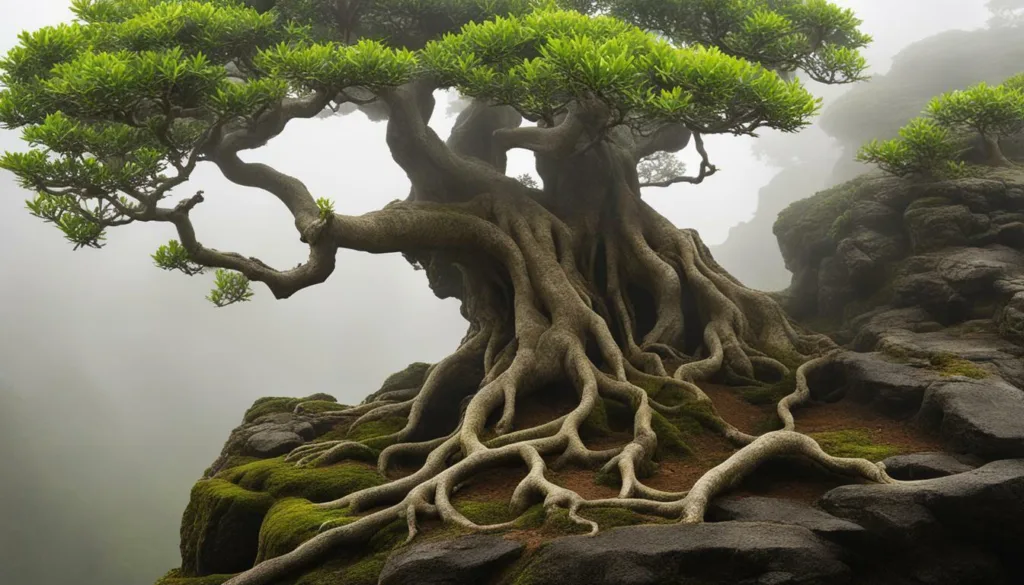
With its roots originating in China, this bonsai tree has been carefully nurtured and shaped by generations of skilled artists and caretakers. Its intricate branches, meticulously pruned and wired, form captivating patterns that echo the harmony found in nature. This precious bonsai serves as a poignant reminder of the dedication and passion required to sustain these living masterpieces.
The Art of Bonsai
The art of bonsai transcends mere gardening. It is a harmonious blend of artistic expression and horticultural expertise. Bonsai trees are cultivated to embody the natural essence of their larger counterparts, encapsulating the beauty and elegance of nature in a confined space. The process of training a bonsai involves carefully shaping and pruning the tree to achieve a desired aesthetic, while maintaining its health and longevity.
Bonsai masters, steeped in the ancient traditions of this art form, meticulously tend to each tree’s needs, ensuring it receives the proper amount of sunlight, water, and nutrients. Through the delicate balance of artistry and horticulture, these skilled artisans enable bonsai trees to flourish for decades, if not centuries.
As visitors to the Crespi Bonsai Museum gaze upon the ancient Ficus bonsai, they are transported to an ancient world where time seems to stand still. The resolute spirit of this bonsai tree serves as a reminder that nature’s beauty can be captured and preserved, even in the smallest of spaces.
Training and Care for Longevity
The key to the extended lifespan of bonsai trees lies in the intricate art of training and caring for them, allowing them to thrive and adapt in their small containers. Bonsai tree training involves shaping the tree’s growth through careful pruning and wiring techniques. Regular pruning helps maintain the desired size and shape of the bonsai, while wiring allows for precise control over the placement of branches. This meticulous process ensures that the tree grows in a balanced and aesthetically pleasing manner.
In addition to training, proper care is crucial for the longevity of bonsai trees. It is essential to choose the right soil mix, as well-drained soil provides the necessary oxygen and nutrients for healthy root development. Watering is another critical aspect of caring for bonsai trees. It’s important to strike a balance, avoiding both under-watering and over-watering, as both can be detrimental to the tree’s health. Regular monitoring of soil moisture levels and adjusting the watering schedule accordingly is necessary.
Furthermore, bonsai trees require specific light conditions. While each species has varying light requirements, most bonsai trees thrive in bright, indirect light. Placing the tree near a window that receives ample sunlight is ideal. Additionally, protecting the bonsai tree from extreme temperatures, winds, and sudden changes in climate can contribute to its longevity.
| Training Techniques | Care Tips |
|---|---|
| Pruning | Choose well-drained soil |
| Wiring | Maintain proper watering |
| Shaping | Provide appropriate light conditions |
In summary, the art of training and caring for bonsai trees is a delicate process that requires patience and attention to detail. By implementing proper training techniques such as pruning, wiring, and shaping, bonsai trees can be molded into stunning living artworks. Coupled with adequate care, including suitable soil, watering, and light conditions, bonsai trees can thrive and live for many years, bringing joy and tranquility to their owners.

Conclusion
Bonsai trees, with their remarkable longevity and symbolism, continue to captivate and inspire with their enduring beauty and representation of life’s delicate balance. These miniature trees have the potential to live for many years, with some specimens even surpassing a thousand years in age. The key to their longevity lies in the care and training they receive.
Proper care is crucial in ensuring the long-lasting life of a bonsai tree. This involves providing the tree with the right climate, protecting it from diseases and insects, and maintaining the proper balance of sunlight and water. By creating the ideal environment, bonsai enthusiasts can help their trees thrive and endure for generations to come.
Certain bonsai tree species are known to have longer lifespans compared to others. Varieties such as Cedar, Cherry, Cypress, Ficus, Juniper, Japanese Maple, and Pine are popular choices among bonsai enthusiasts due to their ability to live for extended periods. These species have adaptations that enable them to withstand the rigors of being confined to a small pot while still flourishing.
Skilled bonsai masters play a vital role in ensuring the longevity of these fascinating trees. Through techniques such as pruning, wiring, and shaping, they help train the bonsai trees to grow in aesthetically pleasing and balanced forms. The careful sculpting and nurturing of the bonsai not only enhances its beauty but also promotes its health and long life.
In conclusion, bonsai trees are more than just miniature plants — they are living expressions of art and nature’s resilience. Through their enduring beauty, they remind us of the delicate balance that exists in all aspects of life. By caring for these remarkable trees and appreciating their symbolism, we can cultivate a deeper understanding and respect for the interconnectedness of the natural world.
FAQ
Q: How long do bonsai trees live?
A: Bonsai trees have the potential to live for a very long time, with some specimens lasting over a thousand years.
Q: What factors affect the longevity of bonsai trees?
A: The longevity of a bonsai tree depends on the care it receives, as well as the specific species. Proper care includes providing the tree with the right climate, protecting it from disease and insects, and ensuring it receives the proper amount of sunlight and water.
Q: Which bonsai tree species have longer lifespans?
A: Some of the most popular bonsai tree species that have longer lifespans include Cedar, Cherry, Cypress, Ficus, Juniper, Japanese Maple, and Pine.
Q: What is the oldest bonsai tree?
A: The oldest known bonsai tree is a Ficus bonsai that is over a thousand years old and is housed in the Crespi Bonsai Museum in Italy.
Q: How do skilled bonsai masters promote the longevity of bonsai trees?
A: Skilled bonsai masters prune, wire, and shape the trees to help them grow and thrive in small pots, ensuring their long-term health and vitality.
 Little Garden Tips
Little Garden Tips




